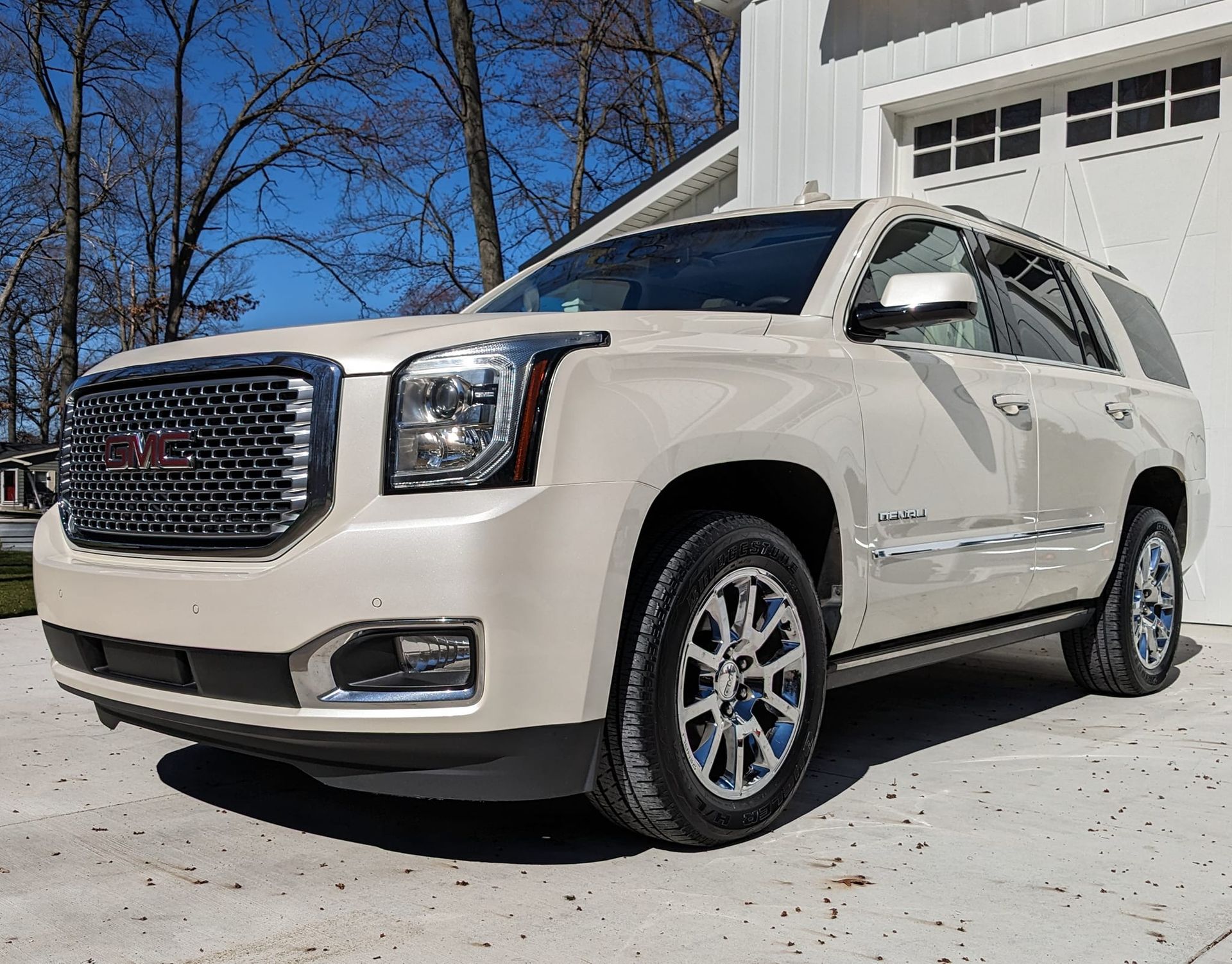How To Ceramic Coat Wheels Like A Pro: Step-by-Step Guide
Learning how to ceramic coat wheels is one of the more significant car care procedures that provides protection as well as aesthetics. This type of surface coating creates a durable layer that shields the paint surface from brake dust, dirt, and grime. For those searching for the benefits of ceramic wheel coating as well as the steps involved in the process, this guide is for you.

Benefits Of Ceramic Wheel Coating
- Protection Against Brake Dust & Grime: The coating adheres to the wheels and paint surface, creating a barrier that repels grime and dust. As a type of hydrophobic coating, it also provides chemical resistance.
- Enhanced Gloss & Appearance: Treated wheels often exhibit a more polished look thanks to the use of a high-gloss coating. It strengthens the natural shine, thereby enhancing the vehicle’s exterior.
- UV & Weather Resistance: A UV protection coating shields wheels from sunlight and weather damage. This adds to the vehicle’s paint preservation and defends against corrosion.
- Easier Cleaning & Maintenance: A hydrophobic coating repels water and dirt, facilitating easier care and reducing buildup. This makes it an essential component of regular vehicle maintenance.
- Extended Wheel Lifespan & Resale Value: Keeping wheels protected contributes to long-term vehicle care. It helps maintain their appearance over time, which can be advantageous for resale.
Supplies Needed For Ceramic Coating Wheels
- Wheel cleaner/degreaser: Helps to clean the wheels and paint surface by removing brake dust and grease before treatment.
- Iron remover/fallout remover: Removes contaminants embedded within. Generally used in conjunction with compatibility tests with chemical-resistant coatings.
- Detailing brushes: For heavy cleaning in car detailing, particularly excellent at reaching trim and tight spaces
- Clay bar or clay mitt: As a necessary product in paint protection, to remove embedded particles and ready the surface before coating.
- Isopropyl alcohol (IPA) solution: A type of surface treatment removes residues, providing proper bonding of the coating.
- Microfiber towels: These non-abrasive towels are used for drying and achieving a clean finish on wheels.
- Applicator pads or suede applicators: Help to spread the product evenly, particularly on curved surfaces.
- Ceramic coating for wheels: Choose one that is labeled as a
nano ceramic coating, quartz coating, or hydrophobic coating. They are classified under vehicle coatings and will be able to withstand high temperatures as well as heavy wear.
Step-By-Step: How To Apply Ceramic Coating On Wheels
Step 1 – Remove And Clean The Wheels
Take off the wheels if needed, and then clean and inspect the surface completely. The goal is to eliminate any stained surface or flaws that could interfere with bonding.
Step 2 – Apply The Ceramic Coating
Use a pad to apply a thin layer in a crosshatch pattern. Some products are labeled as nano coating or quartz coating, which vary slightly in formula.
Step 3 – Let It Cure And Reinstall
Allow the coating to cure and fully set before reinstalling. This process helps in long-term durability because proper curing has a tendency to lead to more enduring results.
How To Keep Ceramic Coated Wheels Clean
- Use A pH-Neutral Wheel Cleaner: Stick with protective coating-safe products. These are gentle and designed to support the coating's longevity.
- Avoid Abrasive Brushes Or Harsh Soaps: Keep away from rough tools to avoid scratching. This helps maintain the vehicle protection already done.
- Dry Thoroughly With Microfiber Towels: After cleaning, use a microfiber towel to dry the wheels. A quick buff will also help minimize water spots.
- Apply Maintenance Spray Sealants: Periodically reapply a gloss enhancer or ceramic sealant can enhance water resistance and improve shine.
Mistakes To Avoid When Ceramic Coating Wheels
- Skipping Proper Cleaning & Decontamination: Not properly cleaning or removing contaminants might result in a stained surface or rough textures.
- Applying In Direct Sunlight Or On Hot Wheels: This affects cure time and bonding. A cooler, shaded area offers a more suitable application environment.
- Using Too Much Product Or Applying Too Thick: Thick coating or uneven layers can lead to streaks or high spots.
- Driving Before The Coating Fully Cures: Let the product cure and harden first before using the vehicle.
- Cleaning With Harsh Chemicals Too Soon: Using harsh chemicals too early can destroy paint protection or damage the chemical-resistant coating.
Ready To Book Wheels Ceramic Coated For Your Car
Add lasting protection and shine to your wheels with
our ceramic coating near me.
Schedule a convenient appointment with
OnTheSpot Mobile Detailers today!
FAQs
What does ceramic coating do for wheels?
It offers ceramic paint protection, which resists dirt and keeps wheels cleaner for longer.
Is ceramic coating good for all wheel types?
Yes, it can be used on the majority of finishes, including painted, polished, and powder-coated wheels.
How do I prep the wheels before applying?
Clean the paint surface with a degreaser and then use IPA and a clay mitt for best results.
How long does it take to cure?
Cure time varies by product, but allowing it a full 24–48 hours helps the coating set properly.
Can I apply it myself?
Yes, most DIY auto enthusiasts can apply it themselves at home. Just follow the directions and take care to protect the surrounding areas during application.












